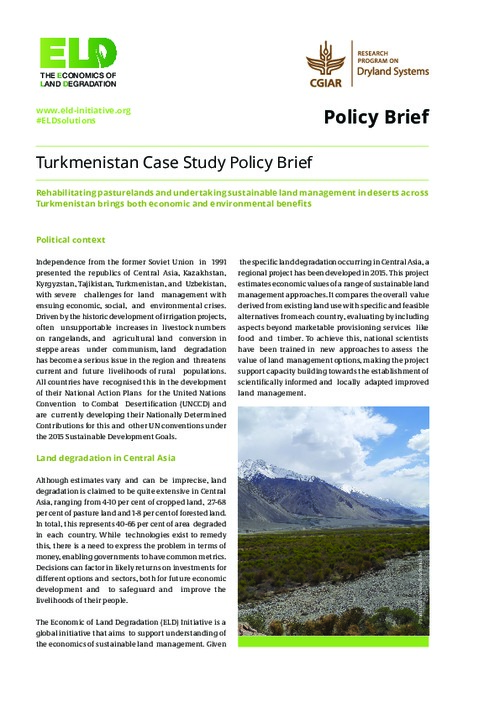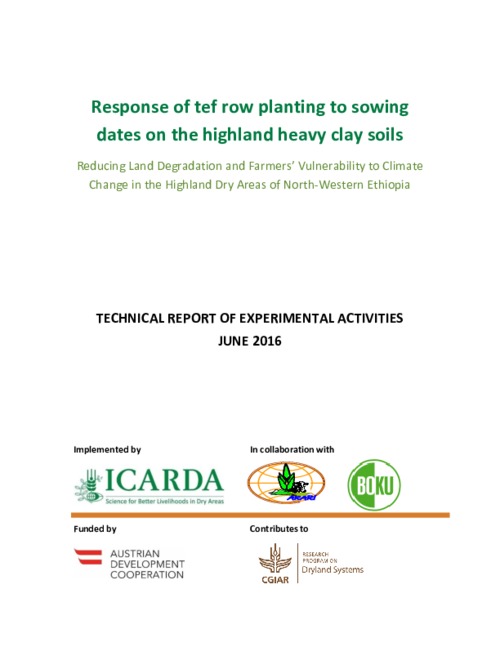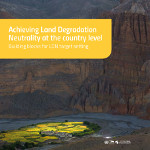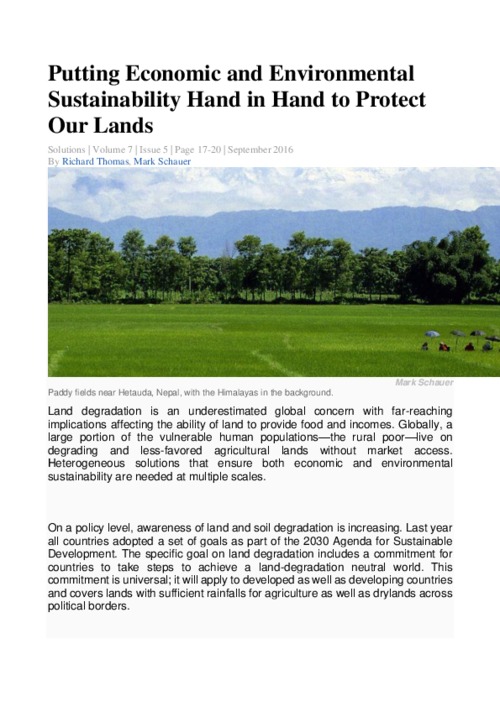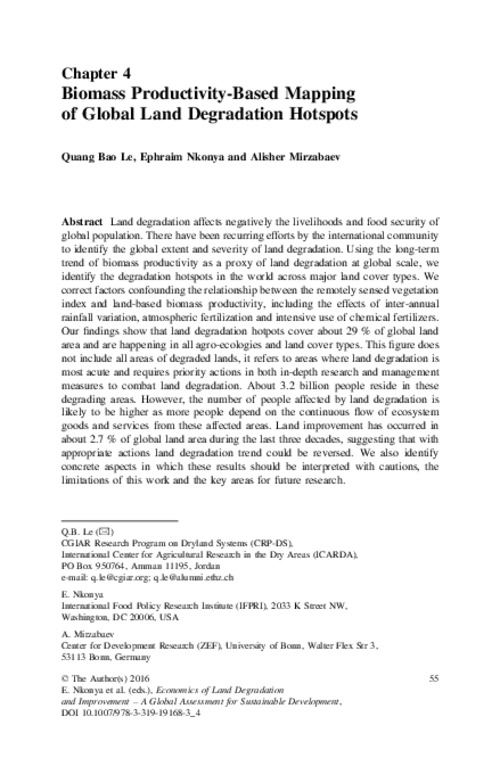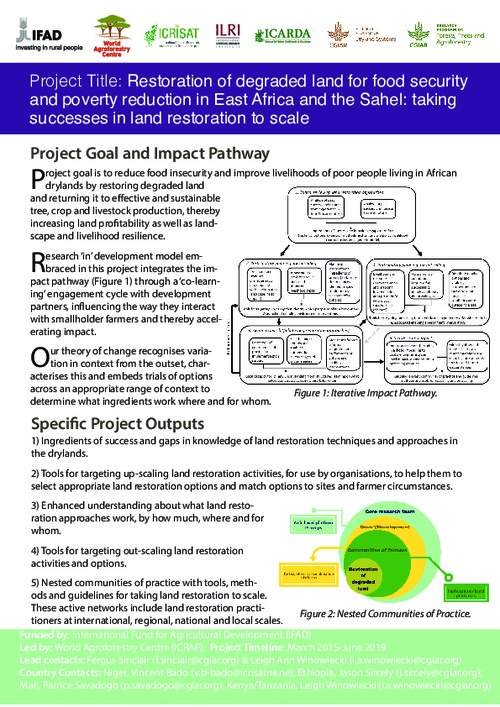Kyrgyzstan Case Study Policy Brief
Policy recommendations on sustainable land management in Kyrgyzstan, including costs and benefits of alternative options. Conclusion: Summer pastures across the Kyrgyz Republic can provide greater economic and environmental benefits through improving pasture yields sustainably


